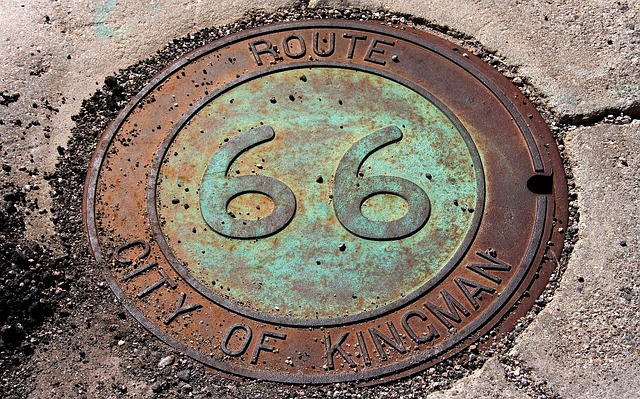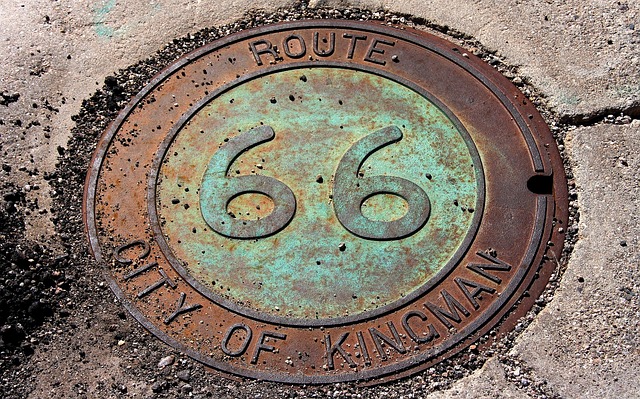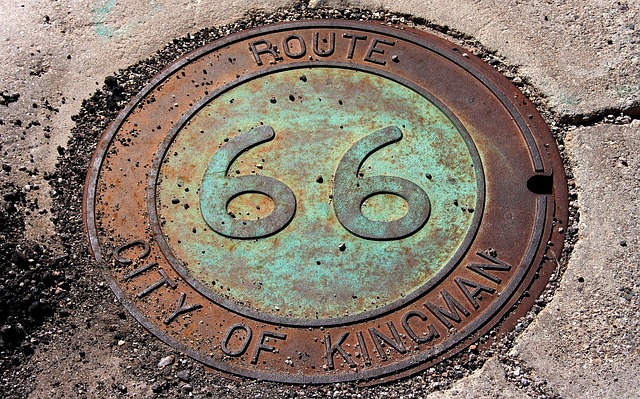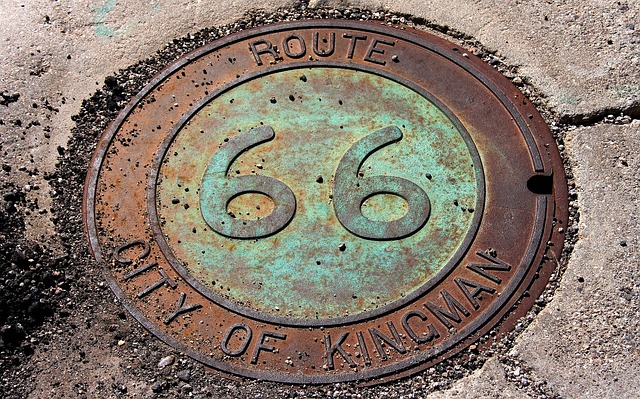Museums dedicated to railroad history are transforming underutilized real estate into vibrant cultural centers, preserving the past and fostering community engagement. By converting former industrial sites like abandoned train stations and warehouses, these museums offer immersive exhibits, interactive storytelling, and educational initiatives that highlight the economic, social, and cultural significance of rail transport. Collaborating with communities, schools, and historical societies, they ensure railroad heritage remains relevant, engaging audiences from local residents to tourists while revitalizing urban areas and boosting economic growth.
Museums play a pivotal role in preserving local railroad history, transforming abandoned real estate into vibrant spaces that tell captivating stories. Through immersive exhibits and educational programs, these institutions engage communities, igniting passion for rail transport. From vintage locomotives to interactive displays, museums offer a glimpse into the past, fostering appreciation for the evolution of an industry that once defined our landscapes. Discover how dedicated spaces are keeping railroad heritage alive, attracting enthusiasts and inspiring future generations.
The Role of Museums in Preserving Railroad Heritage: Unlocking Local History
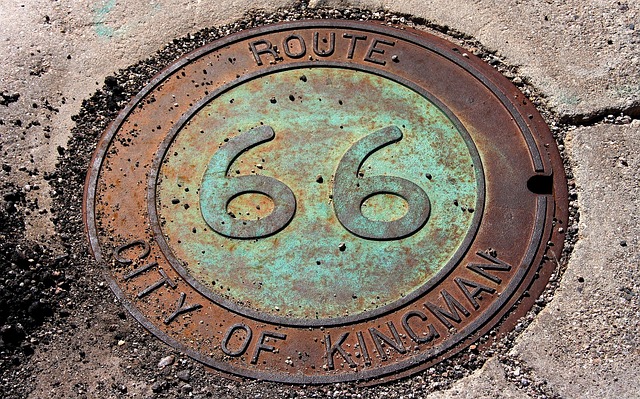
Museums play a pivotal role in preserving local railroad history, offering more than just displays of old locomotives and artifacts. They serve as time capsules, unlocking and sharing stories that are integral to understanding a community’s past. By showcasing the evolution of rail transport, these institutions highlight its impact on economic development, migration patterns, and everyday life.
Through interactive exhibits and educational programs, museums engage both locals and visitors, fostering a deeper connection to their historical roots. Preserving railroad heritage is not merely about collecting memorabilia; it involves interpreting and narrating the past, ensuring that the rich tapestry of local history is accessible, engaging, and relevant for future generations. This process often requires extensive research, collaboration with historians, and community involvement, ultimately transforming old rail lines into cultural corridors where the community’s story comes alive.
Transforming Real Estate: Museum Spaces Dedicated to Railroads

The transformation of real estate into museum spaces dedicated to railroad history is a fascinating trend in cultural preservation. Former industrial sites, such as abandoned train stations and warehouses, are being reinvented as hubs for storytelling and education. These museums not only preserve the physical remnants of rail transportation but also breathe new life into neglected urban areas. By converting underutilized properties, communities can create vibrant cultural destinations that attract visitors and spur local economic growth.
The dedication of these spaces to railroad history allows for immersive exhibits, showcasing vintage locomotives, artifacts, and interactive displays that narrate the evolution of railway technology. These museums offer a unique opportunity to engage both locals and tourists in exploring the rich heritage of rail travel, shaping a lasting connection between communities and their past.
Engaging Communities: Educational Programs and Exhibits for Railroad Enthusiasts
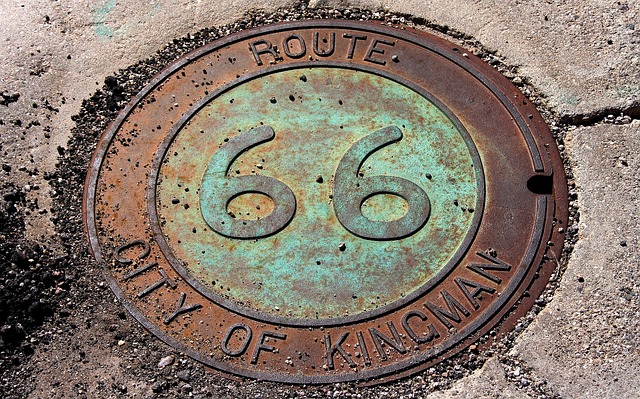
Museums play a vital role in preserving local railroad history, offering educational programs and exhibits that captivate both enthusiasts and newcomers alike. These institutions often collaborate with community members, schools, and historical societies to create immersive experiences. By engaging the public through interactive displays, live demonstrations, and guided tours, museums foster an appreciation for the rich heritage of rail transportation.
One unique aspect is their ability to transform real estate into vibrant centers of learning. Former train stations, warehouses, or even abandoned tracks can be revitalized as museum spaces, showcasing vintage locomotives, artifacts, and stories that bring the past to life. These programs not only entertain but also educate, ensuring that the passion for railroads is passed down through generations, much like a cherished piece of local history.
